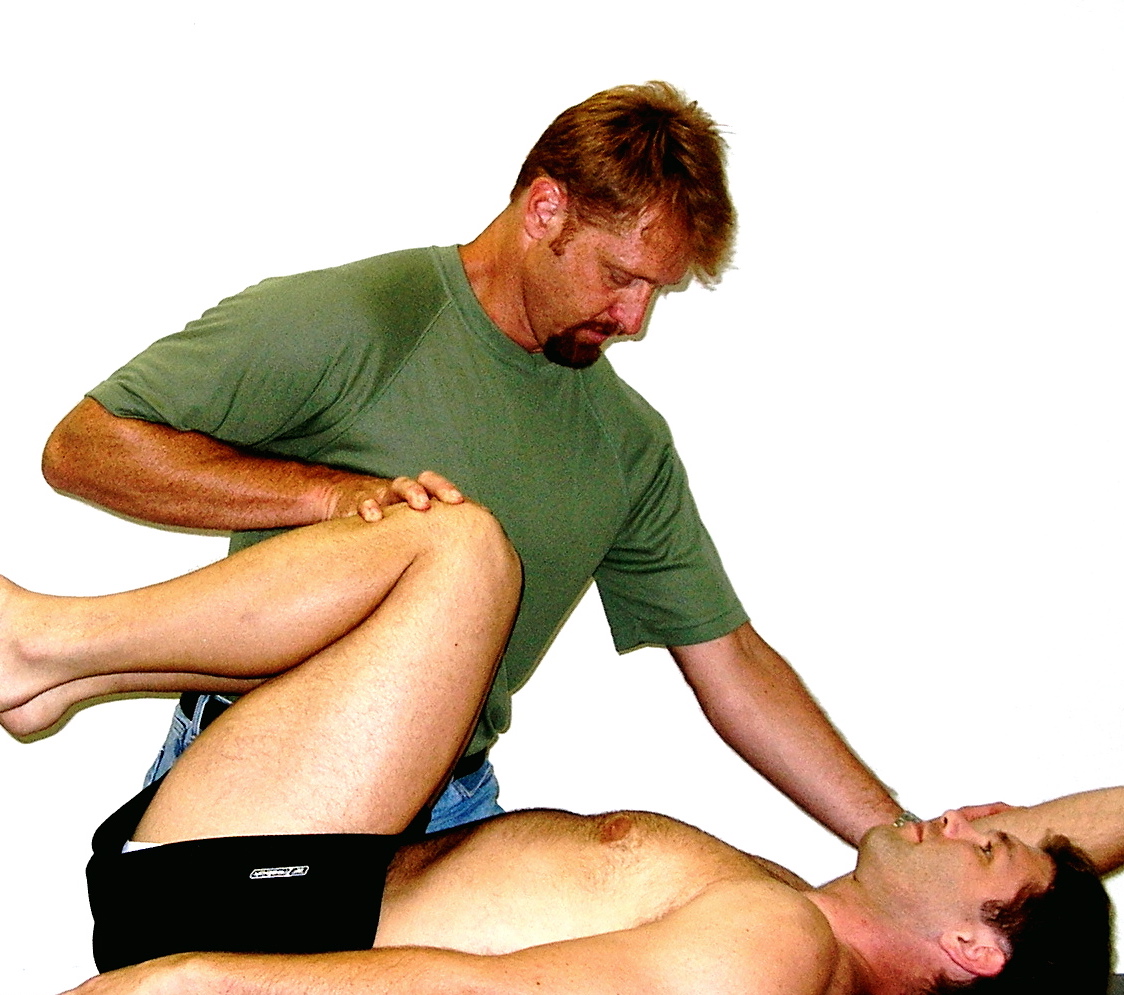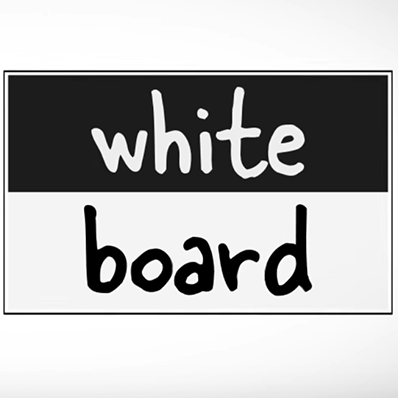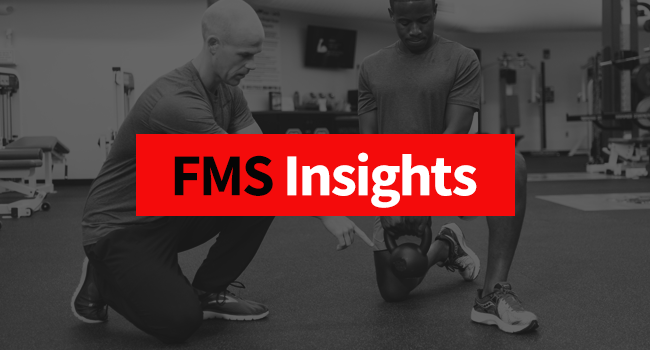The book I wrote on movement titled Movement is 408 pages, and that’s intimidating. My point with such in-depth work was not to intimidate readers or scare people out of the movement professions. It was to make them consider everything that goes into movement-learning function and dysfunction, and then de-complicate the process with a systematic checklist approach to common movement behaviors and tendencies.
In a previous article on function, I mentioned a new book introduced to me by Mike Boyle called The Checklist Manifesto. This book has a consistent and parallel theme to the other books Why We Make Mistakes and Blunder. It talks about how the more complex a human endeavor becomes and the more technical and skillful a job becomes, the more it’s necessary to rely on a systematic checklist approach for structure and consistency.
I spent the first part of the Movement book talking about the complexity of the human movement learning system and going over some motor learning principles as well as musculoskeletal limitations. But my point, by the time you get to the middle of the book, was to distill these rules and principles down to a movement-based checklist that allows the user to take immediate and consistent action following systems and principles that promote movement change.
In a way, you could say I got real complex in my own paranoid attempt not to leave anything out. In contrast, the functional movement systems should be simple, effective and inexpensive to use so a majority of users can benefit. It can be an effective part of physical education, personal fitness, strength conditioning and rehabilitation in the future.
Since I wrote Movement, it has been my mission to make sure my lectures show a different side of functional movement systems. Where the book seems very in-depth and technical, I want my lectures to demonstrate the logic and consistency of following a system when we develop exercise programs or try to change or improve the way people move.
As I’ve said before, the purpose of the movement screen is not to legislate or enforce movement perfection. It is to make us all agree that there must be a tipping point, a point of minimal functional competency. Anything below this level will probably require a different technology than simple conditioning if movement is to improve.
Therefore, I went on a journey and shared my idea with Lee Burton, my business partner, and Chris Poirier of Perform Better, the key sponsor for the majority of our Functional Movement Screen workshops. We devised the idea of a pre-conference symposium at the three Perform Better summits in 2011—Rhode Island, Chicago and Long Beach.
In a nutshell, this was our idea: We wanted to do a quick overview of the system for people who were both certified in the movement screen or just learning about it, and then pull people from the audience and have them screened right there. From this, we took their data and put these on a score sheet. We then projected each score sheet onto the screen for everyone to see, and then we discussed programing for the individual while considering their movement screen alongside the other information they provided. For those who were unable to attend the events, we turned the cameras on… and did not turn them off. We knew we would have some great spontaneous examples, and we captured the whole thing.
The reason I call this Functional Movement Improv is because we felt like an improvisational comedian who takes a topic and immediately spins it into a funny skit. We attempted to create a training program for an individual from a screen and a few questions. This was ambitious to say the least, because we were not creating programs for just any client or athlete. We were challenging the current programs of fitness, performance and rehabilitation professionals. To put it a different way, we were programming the pros. Our secret weapon: The movement screen.
Each time someone from our audience came to the stage, the new program was constructed following a movement-based checklist. The rules of movement are simple and easy to follow, but cannot be overlooked. Each time we did this, the people onstage learned they should be doing something they currently were not doing. They also learned they should not be doing something they currently were doing.
Our point in the drill was if we can improve the programming of exercise professionals with a 10-minute movement profile, imagine what you can do for your clients, athletes and patients with the extra information.
Assisting me at each Summit were some of our functional movement screening instructors, along with our functional movement staff. On the last two events including the Summit in Long Beach, I had my long-term co-pilot, Brett Jones, helping me.
Certainly without exception, every person who was screened who then came onstage to have the screen exposed to the world learned something they did not already know about movement, and discovered something to add or subtract from their exercise programs.
The attendees for this Summit were some of the best of the best trainers, strength coaches and rehabilitation professionals I’ve met. They had done their homework and knew their stuff. They were also a surprisingly fit group of people who not only taught and learned training, but lived it as well.
My source of pride here is that our little system introduced these people to holes, inconsistencies and insights into their own programming. The point of the drill was not to demonstrate that I’m a good exercise programmer, because I didn’t do anything that wasn’t already exposed as simple movement logic in the Movement book. I followed my own 10 principles and basically questioned them about movement patterns they were or were not doing in their exercise programming.
When the movement screen showed us a dysfunction, we questioned any conditioning exercise pushing against that dysfunction. When the movement screen showed the need for a correction, we introduced corrective strategy. If the movement screen did not find dysfunction in a pattern, we didn’t find a problem with conditioning that pattern.
In a very improvisational open format, we turned exercise program design into a systematic process—not simply based on a person’s goals, available equipment or my background or preference of exercise. We turned it into a process that started with the individual’s own unique signature or thumbprint of movement.
People learn faster when we figure out the way they like to learn. Some are introverts. Some are extroverts. Some want to learn in auditory format. Some are kinesthetic learners. Some need to read, practice and then read again.
If we know the way someone learns, we can design learning systems that address their needs in a more efficient manner. Taking a movement profile does the same thing for physical movement.
Watch the following excerpts from this four-hour presentation where we built a case for movement screening, demonstrated how efficient the model can be, and then closed the day by revisiting the principles that allowed us, all from different exercise and rehabilitation backgrounds, to find common ground in a movement profile.
I hope you enjoy!
Click each link for videos:
Video on Mobility and Stability
Video on Gray Cook: Applying the FMS Model DVD Introduction
Video on Gray Cook: Sequence of Core Firing
Video on Gray Cook: Edge of Ability Concept





